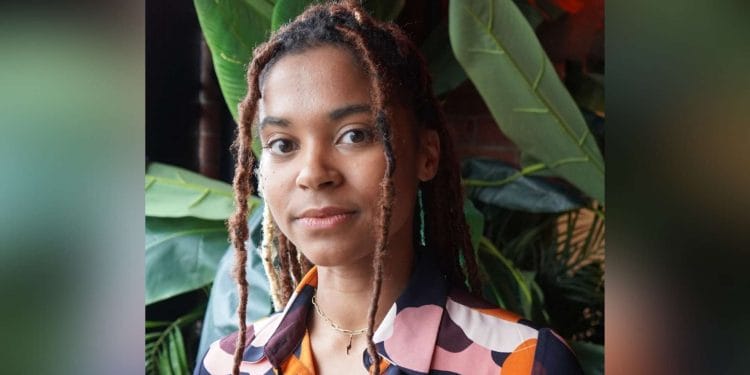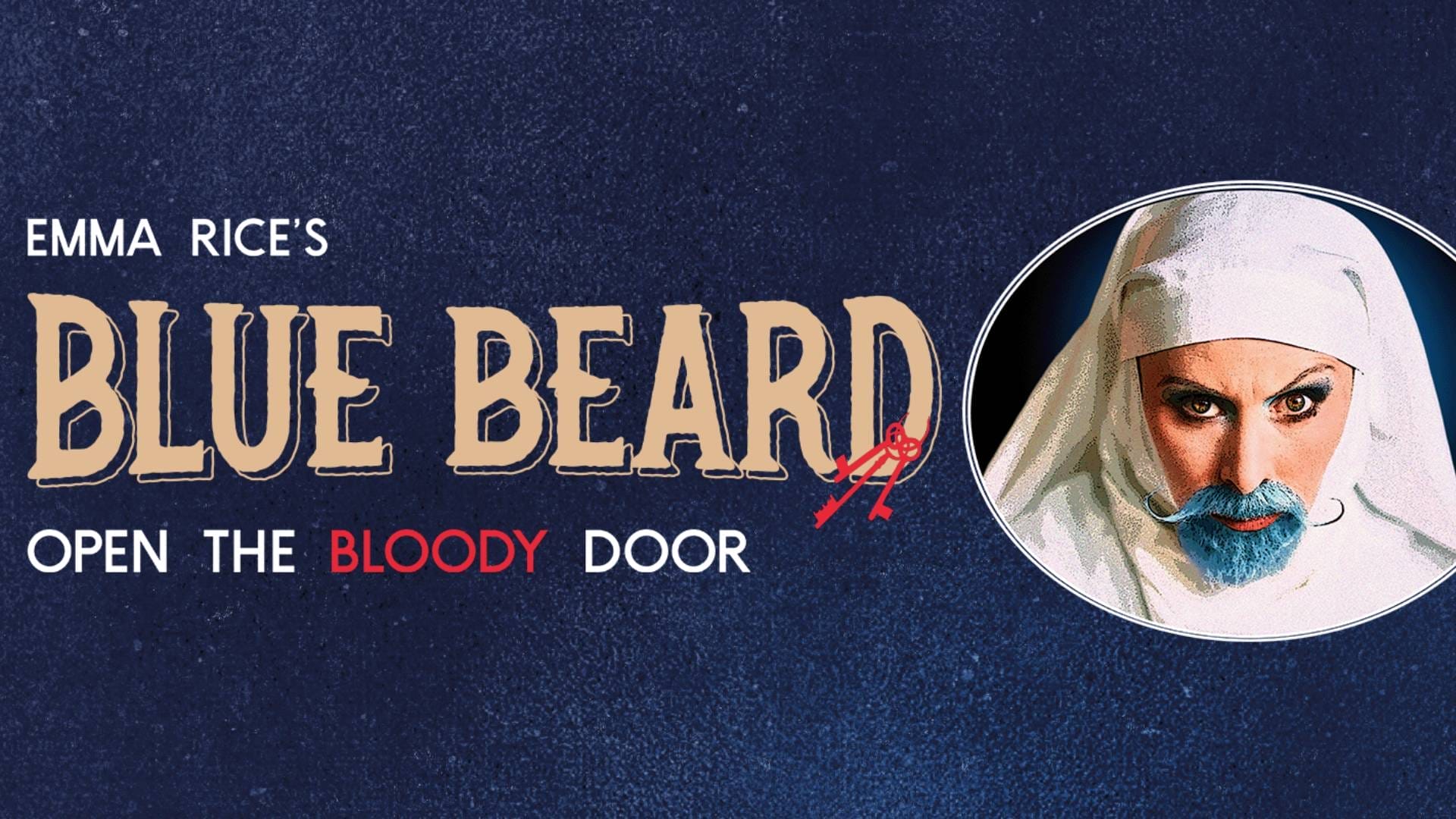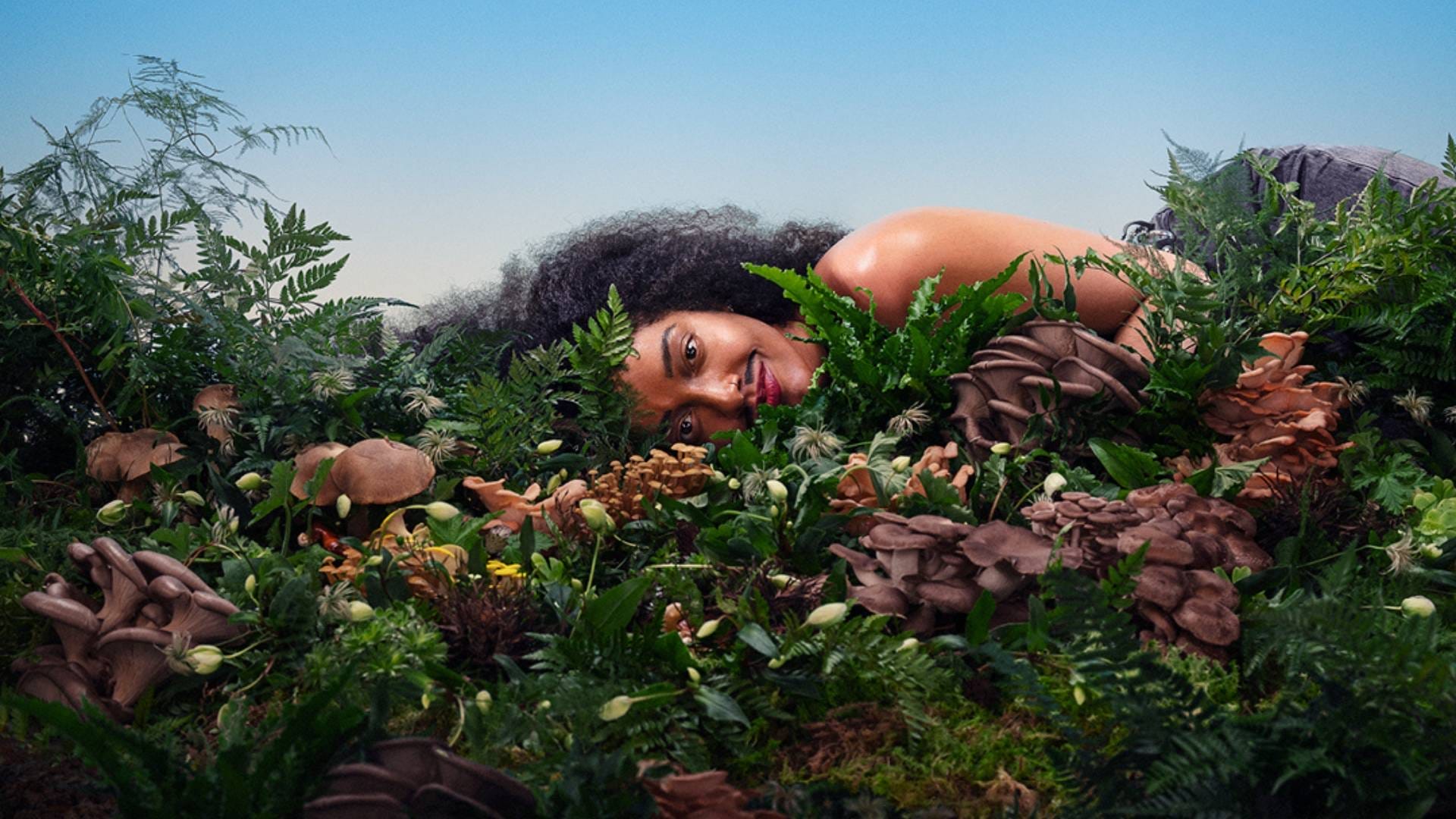Guest Artistic Director, Isabel Adomakoh Young, as part of The Takeover has curated the full programme for Sight Unseen – a season of work unpacking diversity and unheard voices, at The King’s Head Theatre.
The Takeover sees the iconic Islington pub venue welcoming four guest Artistic Directors, drawn from different theatre backgrounds, curating their own individual programmes. The guest Artistic Directors – Isabel Adomakoh Young, Tom Ratcliffe, Tania Azevedo and David Cumming – are all mid-career LGBTQ+ artists from various disciplines.
For the first season – running from 27 March to 16 April – audiences will be able to enjoy an eclectic mixture of shows at the Islington pub venue, encompassing comedy, drag, drama and satire. Full listings can be found here https://kingsheadtheatre.com/whats-on/sight-unseen
You’ve curated the Sight Unseen Season at the King’s Head, how would you sum up the season?
Over the season, audiences will be wooed by drag kings, exhilarated by new writing, entertained by a trans autobiography and challenged by a chimney. Starting at our iconic pub theatre, we will travel from a doorstep in Dublin to a lecture hall in 1900s Sierra Leone, and from a Muslim auntie’s front room to an underground sex club, via the queue for the Queen’s coffin. While their content may be diverse, what unites these pieces is unique viewpoint, authentic voice, and respect for the sanctity of a great night out!
How did it feel to be selected as the first Guest Artistic Director of The Takeover?
I was so honoured. I’ve long known of the King’s Head as the original fringe theatre, and have seen work grow from there to phenomenal success. I was delighted at the opportunity to bring in some of my community and artists I admire, but also to get to know the theatre’s cultures and audiences in turn. It was also a chance to test my potential as a tastemaker and nurturer of talent in addition to my acting career.
How did you go about curating the season?
My curation priorities were reframing and fresh angles, ambitious play with form, imaginative use of language, and unheard stories and erased communities. I programmed via both direct conversations and open call, because I wanted to broaden my references outside my immediate creative community. I also wanted to make room for messy, electric ‘works in progress’, as well as polished pieces.
And what did you find most challenging about the bringing the season together?
It definitely gave me a sense of the condition of the UK theatre industry, and how much the general state of the nation is reflected in the arts. I know there’s so much talent out there but small scale artists and producers are struggling to put their work on without the funding, spaces, and support they need. It was also hard to choose from all the great shows on offer!
What do you think it will mean to the theatre companies involved to be part of this season?
I hope this is a chance for them to amplify their voices, meet new audiences and gain a shiny new line on their production list. I’ve also been keen to foster connections between projects, as it’s more important than ever to have community among fringe artists, so we’re doing socials and workshops too.
What would you say to anyone thinking of coming along to the Sight Unseen Season?
Come join us at a historic pub theatre that continues to be at the cutting edge of new work. I hope you’ll come away with joy, a fresh perspective, arousal, curiosity, motivated anger, a desire to make art of your own, and maybe a few tweets about how good the show was!

















